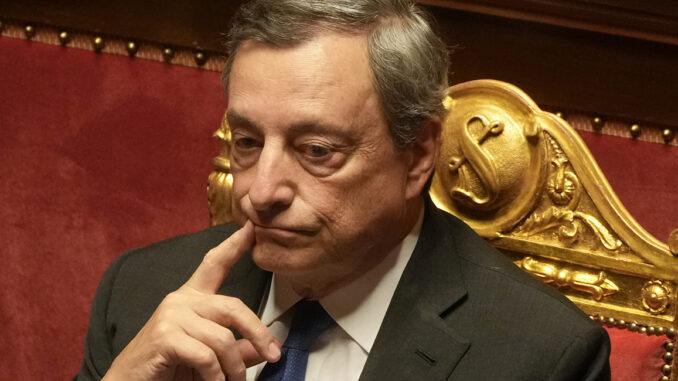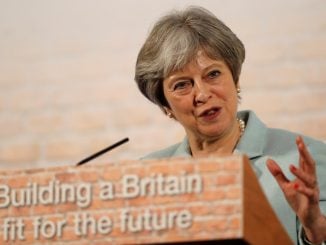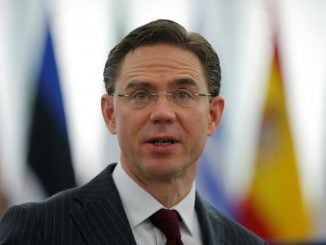
BRUSSELS — A long-awaited report on rescuing Europe’s economy from weak growth and red tape is in. The question is, how many of its recommendations will actually be enacted by the European Union’s drawn-out decision-making process?
The report stands out from other recipes for improvement because the project was headed by Mario Draghi, the former head of the European Central Bank who also served as Italy’s prime minister in 2021-22.
Draghi is regarded as having saved the euro currency union with his 2012 promise that the ECB would do “whatever it takes” to save the shared currency from the debt and financial crisis then engulfing it.
Now the EU and its 440 million people are facing a persistent and growing growth gap with the U.S., the report says. Last year the EU economy grew 0.4% compared with 2.5% in the U.S.
Europe is also struggling with three areas where it has become dependent on outsiders: Russia for energy, China for growth and trade, and the U.S. for defense. All three are now disrupted or in question. Draghi says the EU and its 27 member governments have to work better together to develop their own capacities.
The report, requested by the European Union’s executive commission, says Europe needs to massively ramp up infrastructure and green energy investments while slashing burdensome regulation in order to return to consistent, strong growth.
Whether any of it will actually take effect over the upcoming five-year term of the reelected commission President Ursula von der Leyen depends on backing from the EU’s member governments and its parliament.
To pay for the transition to clean energy and boost defense capacity, the EU would need to increase public investments by a massive 4.4%-4.7% of annual economic output, or $828 billion to $883 billion, levels not seen since the 1960s and 1970s and dwarfing the post-World War II Marshall Plan. To find the money, the EU needs to integrate its financial markets so that companies can raise more capital through stock and bond sales rather than bank loans as they tend to do now.
Draghi also said that issuing shared debt would be one way to both fund investment in specific projects such as defense or cross-border energy grids. That’s what the EU did to fund its pandemic recovery program. But the idea faces political resistance, and von der Leyen, the commission president, said at a news conference introducing the report that Europe’s national governments would have to “look at the political will to have these common European projects.”
Europe needs to “close the innovation gap with the United States,” Draghi said, pointing out that regulatory barriers and lack of startup financing meant that fast-growing European companies — so-called “unicorns” valued at $1 billion or more — often moved to the U.S. in search of venture capital backing.
That, along with too much regulation, left Europe with an economy based on older “middle technologies,” such as autos, instead of digital tech. The report pointed out that no EU company worth more than $100 billion has been set up from scratch in the last 50 years, while all six U.S. companies worth more than $1 trillion — such as Apple and artificial intelligence chip maker Nvidia — were started in that period. Only four of the world’s top 50 tech companies are European.
“We have many talented researchers and entrepreneurs filing patents,” the report says. “But innovation is blocked at the next stage. … Innovative companies that want to scale up in Europe are hindered at every stage by inconsistent and restrictive regulations.”
The loss of cheap Russian natural gas during the invasion of Ukraine means Europe — which, unlike the U.S., must import the bulk of its energy — must hustle to build out renewables. Energy prices have fallen, but companies still face electricity prices two to three times higher than in the U.S. Gas prices are four to five times higher.
The report says that European Union countries are buying too much of their defense equipment abroad, almost two-thirds of it in the United States, and failing to invest enough in joint military projects. NATO allies — nearly all of whose members are part of the EU — have been ramping up defense spending since Russia annexed Ukraine’s Crimean Peninsula in 2014. Each country aims to spend at least 2% of gross domestic product on national defense. NATO forecasts that 23 of its 32 members will meet or exceed the 2% target by the end of this year.


